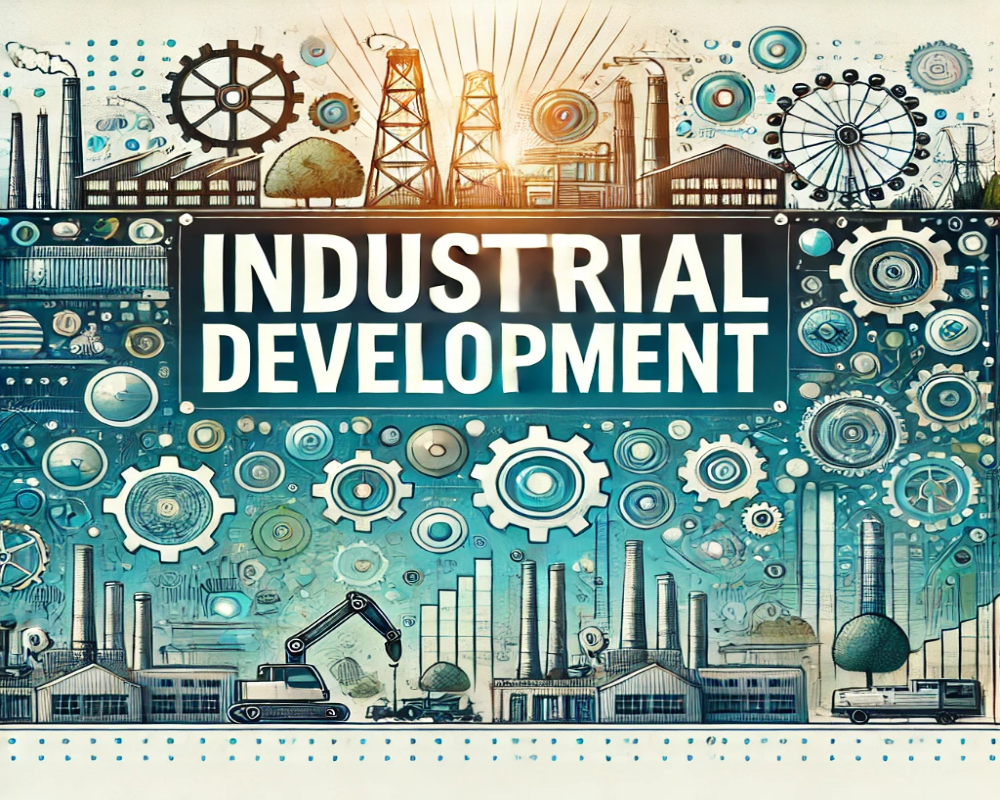Introduction
Industrial development is a vital engine of economic progress, creating jobs, infrastructure, and regional growth. However, it also brings significant changes to the communities surrounding industrial sites. These impacts can be both positive and negative, affecting social structures, public health, environment, economy, and local culture. Understanding and managing community impact is essential for sustainable industrial development. A well-balanced industrial project considers not only economic gains but also its influence on people’s lives, the environment, and the long-term welfare of the local population.
1. Employment Opportunities
One of the most direct benefits is the creation of jobs. Industries generate employment for local residents, both skilled and unskilled, improving household incomes and reducing migration to urban areas. Employment growth also stimulates secondary businesses like retail and services.
2. Skill Development and Training
Industries often collaborate with educational institutions to offer training and apprenticeships. This upskills the local workforce and prepares residents for future employment opportunities, contributing to long-term community empowerment.
3. Infrastructure Development
Industrial projects typically bring investment in roads, electricity, water supply, and communication networks. These improvements not only support industrial operations but also enhance the quality of life for local residents and attract further development.
4. Economic Diversification
Industrialization diversifies the local economy beyond agriculture or traditional crafts. It introduces new markets, technologies, and business models, reducing economic vulnerability and increasing resilience to market changes.
5. Urbanization and Population Growth
Large-scale industries attract people from surrounding areas, leading to rapid urbanization. While this can drive economic activity, it can also strain local resources, increase living costs, and cause housing shortages if not managed properly.
6. Pressure on Natural Resources
Industries often consume significant amounts of water, land, and energy. This can lead to resource depletion or conflicts over water access, especially in agricultural or drought-prone areas, affecting the sustainability of local livelihoods.
7. Environmental Degradation
Industrial emissions, effluents, and waste can lead to air, water, and soil pollution if not properly managed. This negatively impacts agriculture, health, and biodiversity, sometimes causing long-term ecological damage.
8. Public Health Implications
Industrial activities may expose nearby communities to hazardous substances, noise, and accidents. Respiratory diseases, skin conditions, and other health problems can increase without adequate safety and environmental controls.
9. Displacement and Resettlement
Large industrial projects may require land acquisition, leading to displacement of communities. Even with compensation, relocation can disrupt social structures, cultural ties, and economic activities, resulting in long-term community stress.
10. Changes in Lifestyle and Culture
Industrialization can lead to lifestyle shifts and exposure to new cultures and consumption habits. While this can modernize the community, it may also erode traditional customs, values, and indigenous practices.
11. Rise in Local Business and Services
Increased economic activity supports the growth of small businesses such as restaurants, transport services, and shops. Local entrepreneurs benefit from the industrial ecosystem, increasing household income and investment.
12. Social Inequality and Exclusion
If industrial benefits are not equitably shared, social inequalities may widen. Marginalized groups may not access employment or education opportunities, leading to discontent or social tensions within the community.
13. Educational Advancement
The demand for a skilled workforce can encourage investment in local schools, vocational training centers, and higher education. This contributes to long-term community development and increased youth engagement.
14. Civic Engagement and Awareness
Community interaction with industries often leads to greater awareness of rights, environmental protection, and corporate responsibility. Residents may become more active in local governance and demand higher accountability.
15. Corporate Social Responsibility Initiatives
Industries that invest in CSR support local health camps, education drives, women empowerment, and infrastructure upgrades. These initiatives improve living standards and build trust between companies and communities.
Conclusion
The impact of industrial development on communities is multi-dimensional, encompassing economic, social, environmental, and cultural effects. While industrialization can elevate living standards and regional prosperity, it must be approached with sensitivity to local needs and environmental limits. A responsible and inclusive development strategy—guided by stakeholder engagement, fair compensation, and sustainable practices—can ensure that industrial growth becomes a catalyst for community transformation, not disruption. Recognizing and managing these impacts is key to building harmonious, resilient, and forward-looking industrial ecosystems.
Hashtags
#CommunityImpact #IndustrialDevelopment #SustainableGrowth #EconomicDevelopment #LocalJobs #CommunityEngagement #EnvironmentalImpact #SocialResponsibility #UrbanDevelopment #InfrastructureGrowth #CommunityWellbeing #JobCreation #IndustryInnovation #PublicHealth #CommunityPartnerships #EconomicOpportunities #ResponsibleDevelopment #QualityOfLife #CommunityResilience #FutureOfWork


